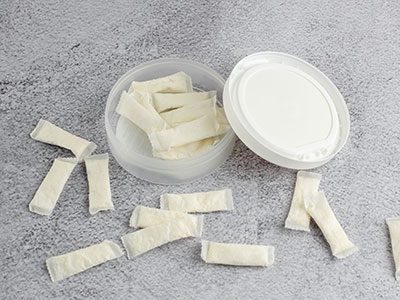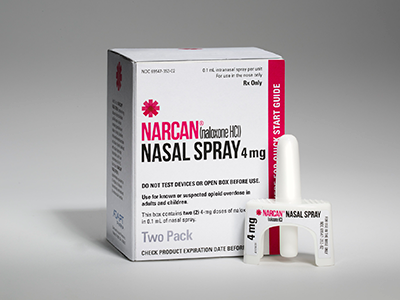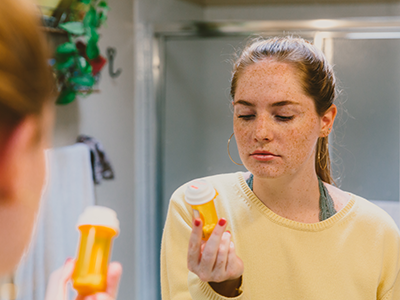Today’s teens are faced with many issues. Smoking is one of these issues and many teens don’t understand how dangerous just one cigarette can be, and the health effects it can have now, and later on in life. As a parent, it is important to know how you can prevent your teen from smoking and how to help them if they have a smoking problem.
According to the Centers for Disease Control, almost 9 out of 10 cigarette smokers tried smoking by age 18. Among high school students, cigarette smoking rates are decreasing, however 24. 6 percent of students had used some sort of tobacco product within the past 30 days. This is higher than the 7.7 percent of middle school students who had used a tobacco product within the past 30 days.
Health risks: now and later
Tobacco and the smoke created contain thousands of chemicals, hundreds of which are extremely harmful and detrimental to your health.
Some of the immediate health risks include:
- Addiction
- Shortness of breath
- Acne
- Nerve damage
- Brain damage
- Increased belly fat
- Weakened immune system
Long term health risks and problems include:
- Loss of memory
- Addiction
- Hearing loss
- Loss of vision
- Heart attack
- Stroke
- Cancer
- Emphysema and respiratory infections
- Arthritis
- Muscle deterioration
Tobacco use through other products
Teens can become addicted to tobacco without smoking regular cigarettes. In recent years, the ways to abuse tobacco have increased. Many of these methods have been studied by the CDC to help understand the health risks and why their popularity has increased.
Hookah
One method that has become extremely popular is smoking tobacco through a water pipe, also known as hookah. Originally, hookahs were common in countries such as Persia and India, however, hookah bars and cafes have become increasingly popular among teens. Although it is not a cigarette, the smoke produced is just as harmful and the tobacco is still addictive.
E-cigarettes
The use of e-cigarettes tripled from 2013 to 2014 among both high school and middle school students. Studies have shown that e-cigarettes have become more popular than traditional cigarettes. Some of this can be contributed to their lower price and flavors that are often available. However, the health risks are still similar to those of regular cigarettes.
Cigars, bidis, kreteks, smokeless tobacco, snus, and pipes
Although less popular ways to use tobacco, these products still deliver the risks and side effects of nicotine. More than twice as many youth in the United States currently use two or more tobacco products than use cigarettes alone. Concurrent use of multiple tobacco products can increase risk of nicotine dependence and its side effects.
How to help your teen quit
Quitting often takes many attempts, especially if the person has been smoking for a long period of time. According to the CDC, many teens want to quit smoking but do not know how. A recent study found that 48 percent of teens who smoke had tried to quit within the last 12 months.
A strong support system is one of the most important factors when trying to help your teen quit smoking. Counseling and nicotine replacement products have also been shown to help a person quit smoking. A nicotine replacement product contains the nicotine that many are addicted to, without the chemicals that are found in tobacco and cigarette smoke. The CDC provides many tools and tips for how to best help your teen.
 https://riseandshine.childrensnational.org/wp-content/uploads/2024/07/zyn-feature.jpg
300
400
Rise and Shine
https://riseandshine.childrensnational.org/wp-content/uploads/2017/11/childrens_riseandshine_logo.jpg
Rise and Shine2024-07-17 13:37:372024-07-17 13:44:16The rise of Zyn: Pouches full of problems
https://riseandshine.childrensnational.org/wp-content/uploads/2024/07/zyn-feature.jpg
300
400
Rise and Shine
https://riseandshine.childrensnational.org/wp-content/uploads/2017/11/childrens_riseandshine_logo.jpg
Rise and Shine2024-07-17 13:37:372024-07-17 13:44:16The rise of Zyn: Pouches full of problems











Leave a Comment
Want to join the discussion?Feel free to contribute!